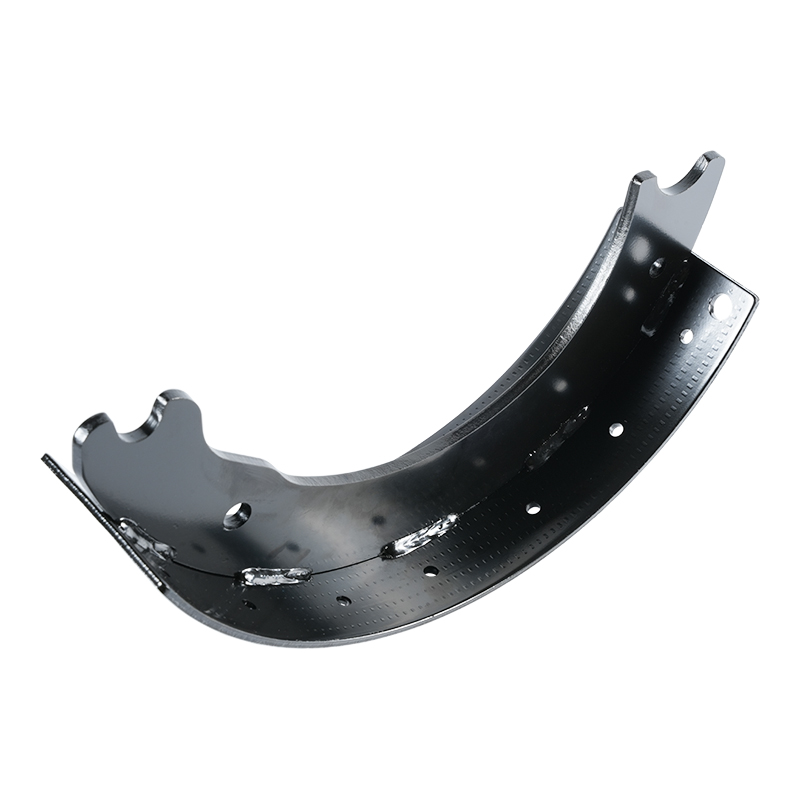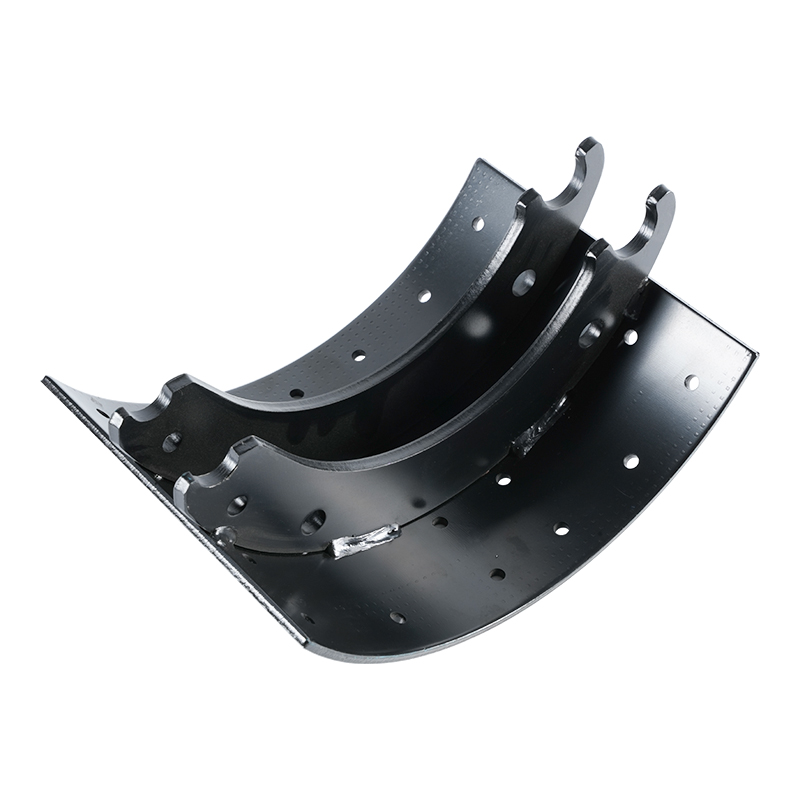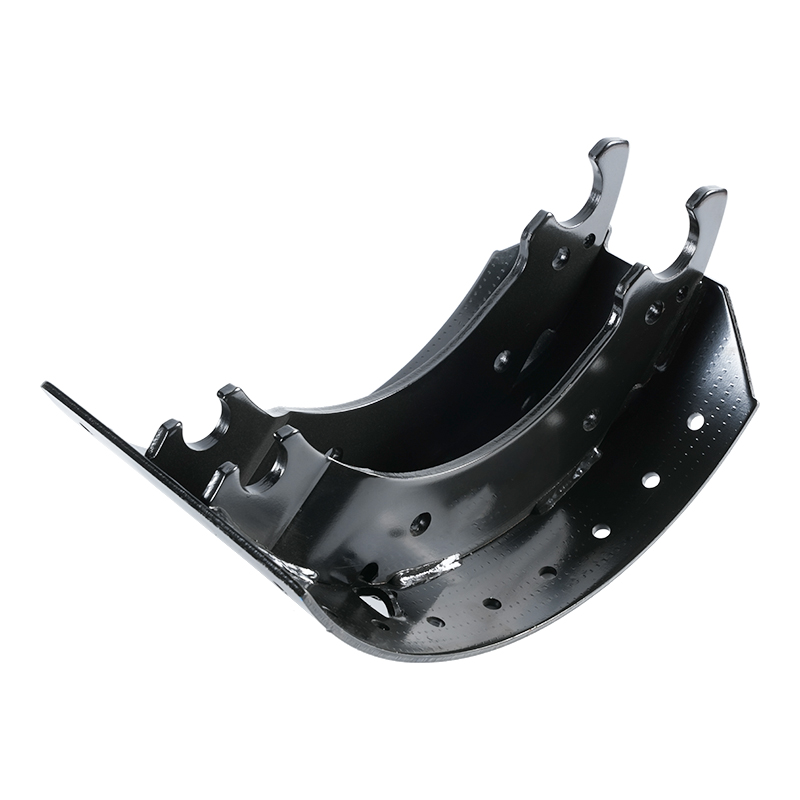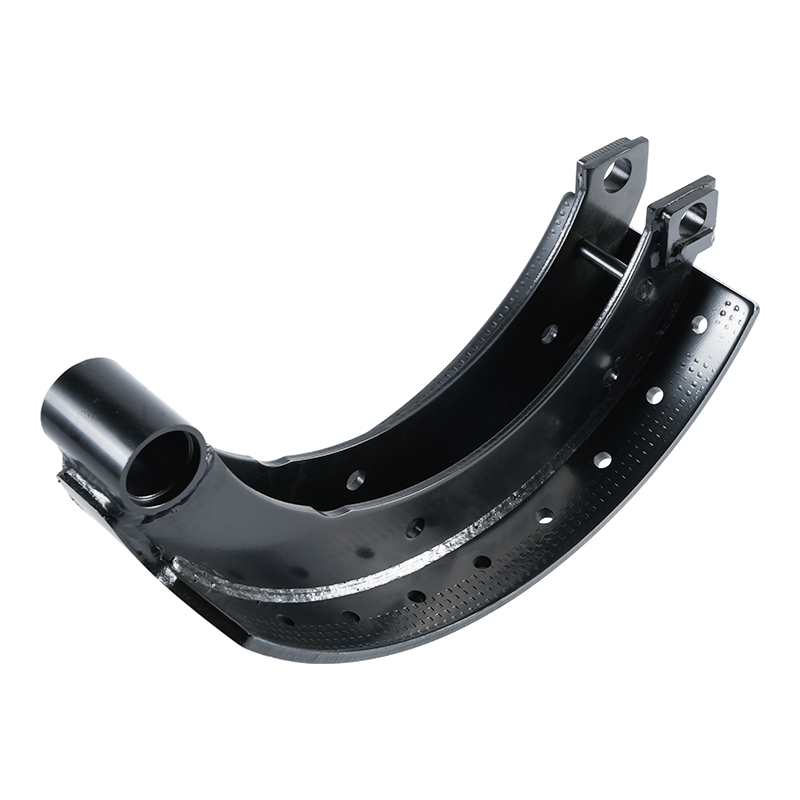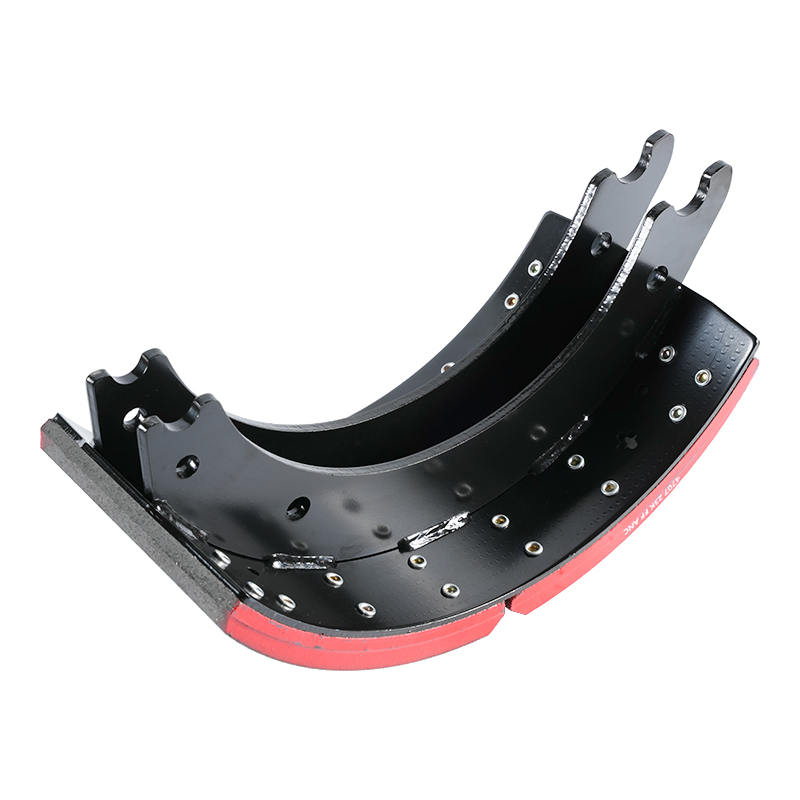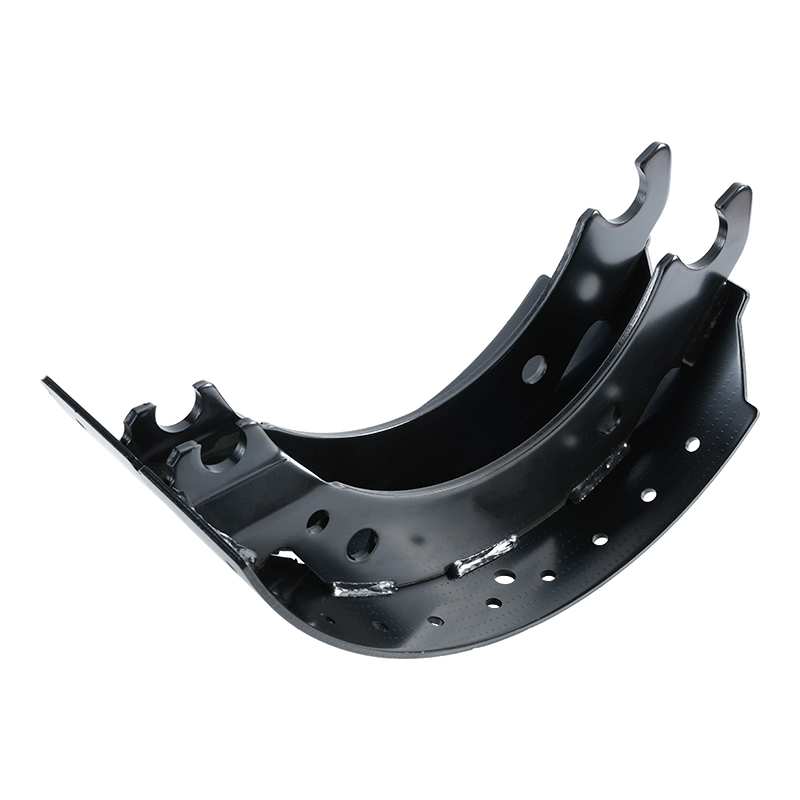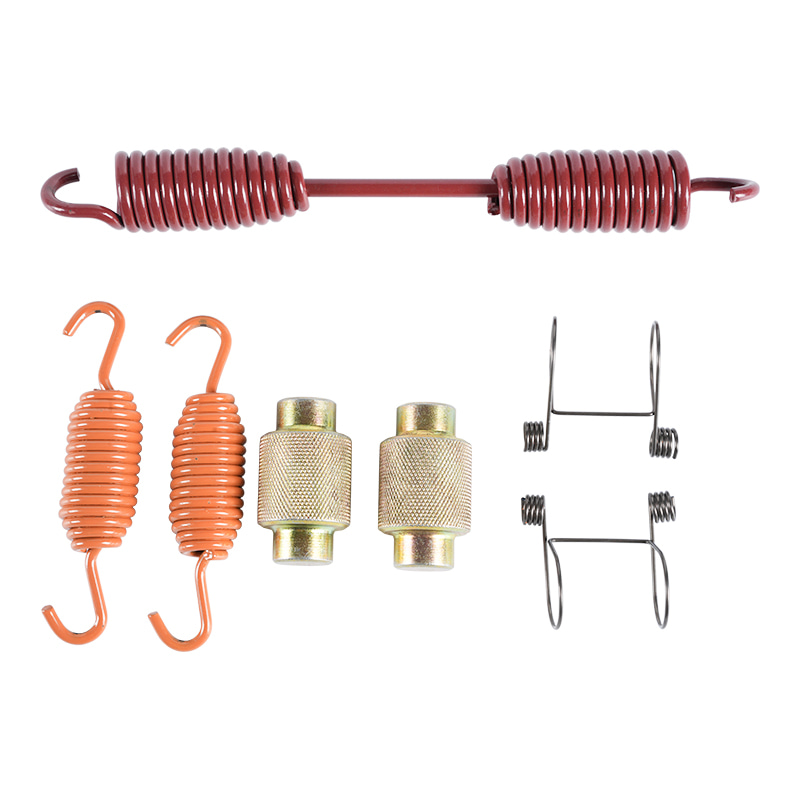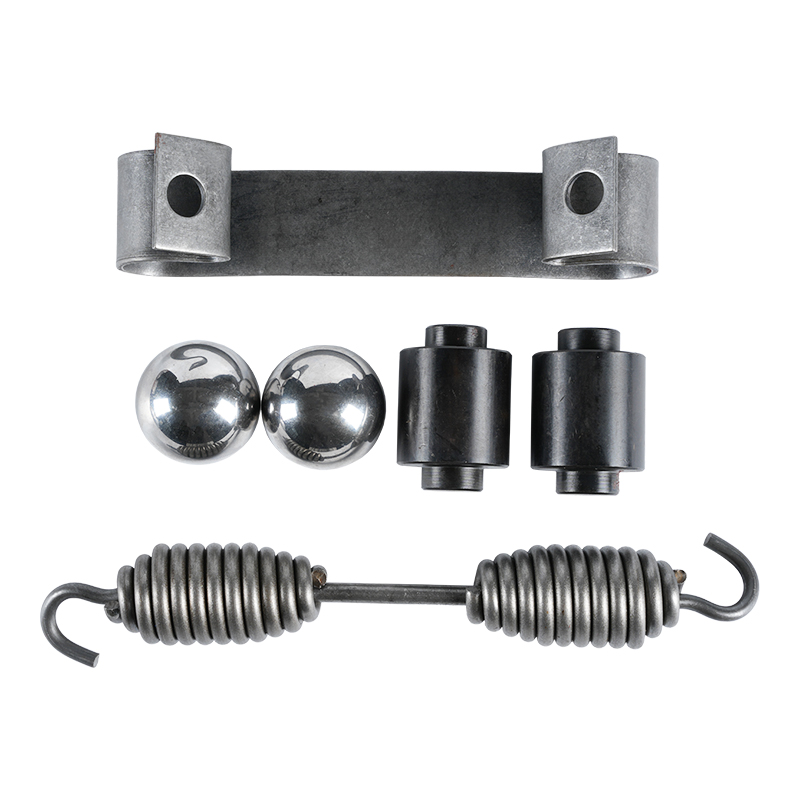The Unsung Hero of Heavy-Duty Hauling: A Deep Dive into Truck Brake Shoes
 2025.08.26
2025.08.26
 Industry News
Industry News
In the world of logistics, construction, and long-haul transportation, the sheer force and weight of a fully loaded truck are staggering. Managing this immense kinetic energy and bringing it to a safe and controlled stop is a task of paramount importance, and it falls on a critical, yet often overlooked, component: the truck brake shoe. While many focus on the more visible aspects of braking systems like rotors and calipers, the brake shoe is the foundational element of drum brakes, which remain a cornerstone of heavy-duty vehicle braking.
Understanding the Anatomy of a Truck Brake Shoe
A truck brake shoe is essentially a crescent-shaped piece of metal (typically cast iron or steel) with a lining of friction material riveted or bonded to its outer arc. This assembly sits within the brake drum, anchored by a pivot point at one end and actuated by a cam or piston at the other. When the driver applies the brakes, air pressure from the truck’s pneumatic system pushes a piston, which in turn rotates a cam (often an S-cam due to its shape), forcing the brake shoes outward. This action presses the friction lining against the inner surface of the rotating brake drum, creating the friction necessary to slow and stop the wheel.
The Materials and Science Behind the Friction
The effectiveness of a truck’s braking system is directly tied to the quality of its friction materials. Early brake linings were made of asbestos, which was highly effective but has since been replaced due to its health risks. Modern friction materials are a complex blend of metallic particles, organic compounds, and synthetic fibers, each contributing to a specific performance characteristic. These composites are engineered to withstand extreme temperatures (often exceeding $1000^\circ F$ during hard braking), dissipate heat, resist wear, and maintain a consistent coefficient of friction under various conditions—from dry pavement to wet or icy roads. The correct formulation is a delicate balance, as a material that is too hard will wear the drum excessively, while one that is too soft will wear out quickly and may not provide sufficient stopping power.

Why Drum Brakes and Truck Brake Shoes Are Still Pervasive
While disc brakes have become the standard for passenger vehicles, drum brakes, and by extension, truck brake shoes, remain a popular choice for heavy-duty applications for several key reasons:
- Durability and Longevity: The enclosed design of the drum brake protects the components from road debris, water, and contaminants, leading to a longer service life in harsh operating environments.
- Stopping Power: The “self-energizing” effect is a major advantage. As the brake shoe is forced against the drum, the rotation of the drum helps to wedge the shoe more tightly, magnifying the applied force. This provides powerful stopping performance for the immense weight of a truck.
- Cost-Effectiveness: The manufacturing and maintenance of drum brake systems are generally less expensive than equivalent air disc brake systems for heavy-duty trucks.
- Integration with Parking Brakes: Many truck parking brakes are integrated directly into the drum brake system, providing a simple and robust solution.
Maintenance and The Consequences of Neglect
The lifeblood of a commercial vehicle operation is its uptime, and proper maintenance of truck brake shoes is non-negotiable. Regular inspections are critical to monitor the thickness of the friction lining. Worn-out brake shoes can lead to “metal-on-metal” contact, causing severe damage to the brake drum, increased stopping distances, and potential brake failure. Moreover, uneven wear can cause a truck to “pull” to one side during braking, creating a dangerous and unstable situation. Technicians use specialized tools to measure the thickness and ensure all components—including the return springs, air chambers, and slack adjusters—are functioning correctly.
In conclusion, the truck brake shoe is far more than a simple component; it is an engineered marvel that embodies the principles of friction, heat dissipation, and mechanical leverage. It is the silent guardian that ensures the safety of drivers, cargo, and the public on our highways. Understanding its function, the science behind its materials, and the critical importance of its maintenance is key to appreciating the complex and vital systems that underpin the world of heavy-duty transportation.

 Eng
Eng  中文简体
中文简体
